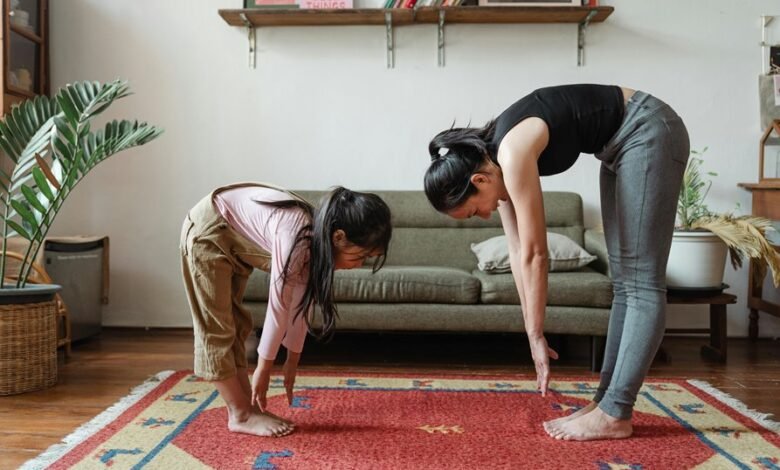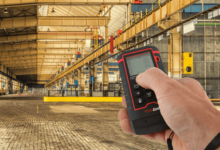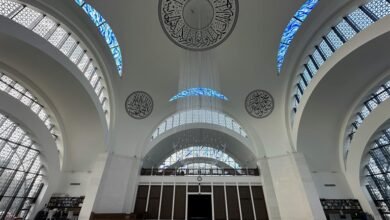Mutf_In: Kota_Flex_Dir_Flo6nw

Mutf_In: Kota_Flex_Dir_Flo6nw represents a significant shift in urban design. It emphasizes adaptability and sustainability, integrating smart technology and biophilic elements. The use of recycled materials enhances both functionality and aesthetics. This approach not only addresses modern living needs but also fosters community and well-being. As urban environments continue to evolve, the implications of such innovative spaces merit further exploration.
Innovative Design Concepts
As the demand for unique and functional spaces increases, innovative design concepts have emerged as a vital component of contemporary architecture and interior design.
Biophilic design, emphasizing natural elements, fosters a connection with nature, while minimalist aesthetics prioritize simplicity and functionality.
Together, these approaches encourage environments that promote well-being, creativity, and freedom, transforming spaces into personal sanctuaries tailored to individual lifestyles.
Adaptability for Modern Living
Innovative design concepts not only enhance aesthetic appeal but also address the need for adaptability in modern living.
Smart home technologies enable seamless integration of urban flexibility, allowing spaces to transform according to individual lifestyles.
This adaptability fosters a sense of freedom, empowering residents to curate environments that reflect their needs, preferences, and aspirations in an increasingly dynamic urban landscape.
Sustainable Materials and Practices
While the demand for modern living spaces continues to rise, the importance of sustainable materials and practices has become increasingly evident.
Utilizing recycled textiles in furnishings not only reduces waste but also promotes eco-conscious living.
Furthermore, incorporating eco-friendly packaging in product delivery minimizes environmental impact.
Future of Urban Spaces
The future of urban spaces is poised for transformation as cities adapt to the challenges of population growth, climate change, and technological advancements.
Integrating smart technology will enhance efficiency and sustainability, while fostering community engagement ensures that citizens actively shape their environments.
This collaborative approach encourages vibrant, resilient urban areas that prioritize individual freedom and collective well-being, ultimately redefining the urban living experience.
Conclusion
In juxtaposing the chaos of urban life with the tranquility of Mutf_In: Kota_Flex_Dir_Flo6nw, a vision emerges where innovation meets serenity. This space exemplifies how adaptability and sustainability can coexist, transforming everyday living into an enriching experience. As traditional urban environments clash with the need for eco-conscious design, Mutf_In stands as a beacon of hope, illustrating that modernity can nurture both individual well-being and communal harmony, ultimately reshaping the future of urban spaces.







